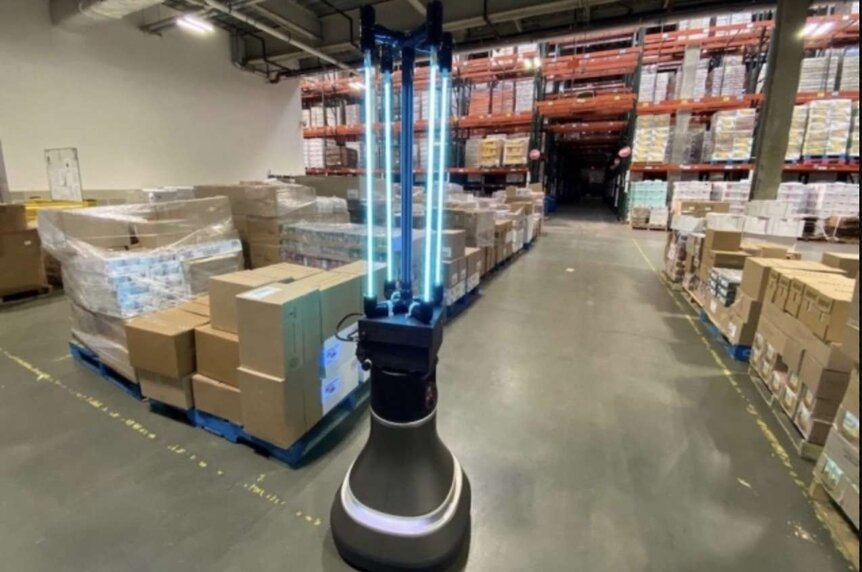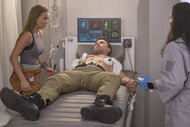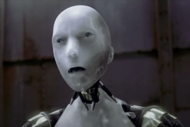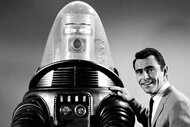Create a free profile to get unlimited access to exclusive videos, sweepstakes, and more!
MIT's new disinfectant robot is a capable little droid straight out of Star Wars
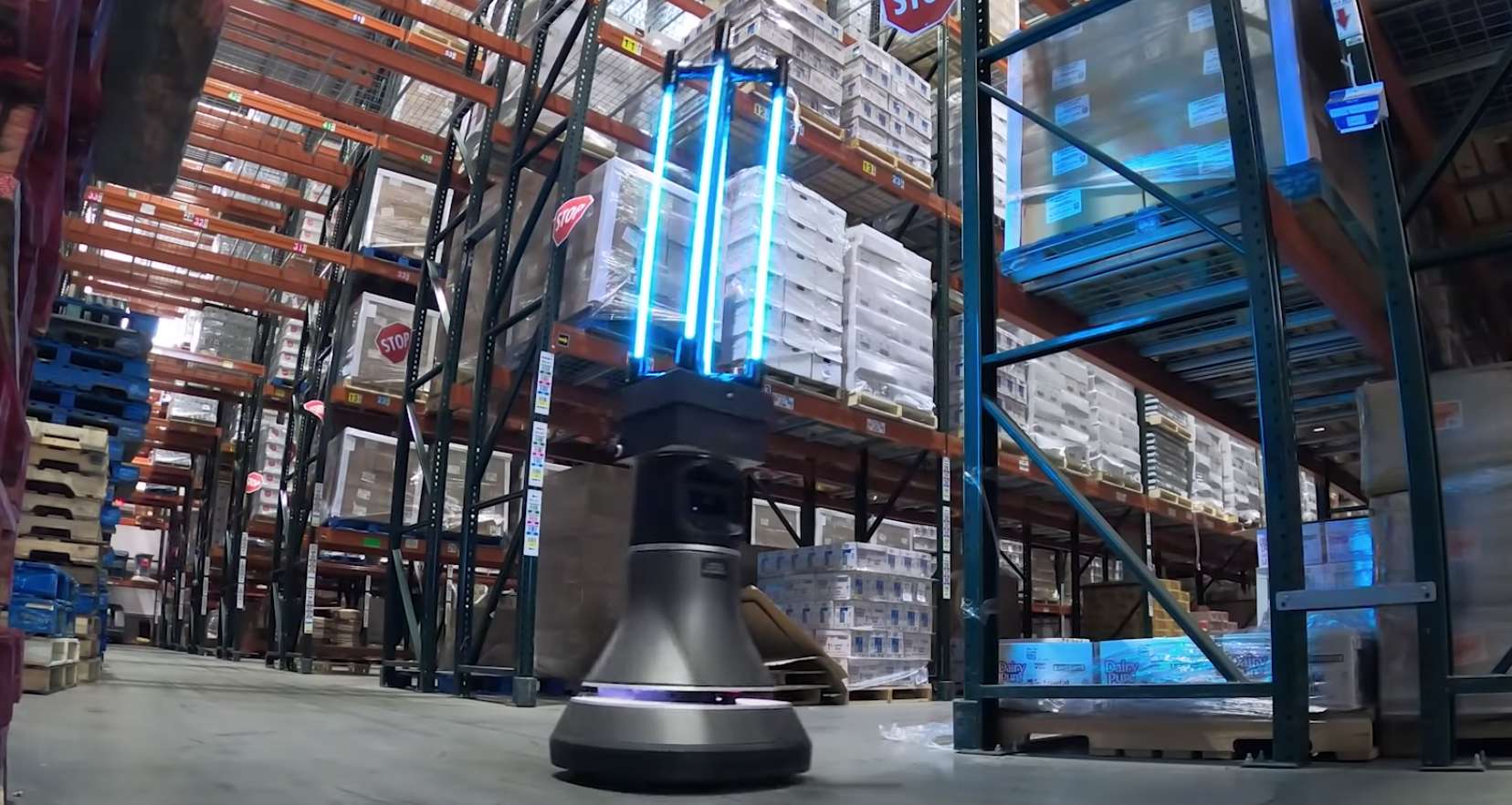
Similar to industrial utility droids seen in the Jawas' rusted Tatooine sandcrawler in Star Wars: A New Hope, a research team from MIT’s Computer Science and Artificial Intelligence Laboratory (CSAIL) has constructed a formidable new disinfectant robot to aid in the ongoing battle against COVID-19.
Employing UV-C light, this optical disease warrior is capable of disinfecting an entire warehouse floor in 30 minutes or less and could easily see action in supermarkets, churches, schools, gyms, restaurants, airplanes, or even concert arenas. In one of its first substantial jobs, the CSAIL robot completely cleaned the Greater Boston Food Bank of any lingering particles and droplets that could infect people visiting or working in those environments.
Partnering with Ava Robotics and the Greater Boston Food Bank (GBFB), the MIT crew crafted this specially designed robotic system that thoroughly disinfects all contaminated surfaces and obliterates aerosolized forms of the coronavirus at the same time keeping costs and hazards due to harsh chemical cleansers to a minimum.
“Food banks provide an essential service to our communities, so it is critical to help keep these operations running,” explains Alyssa Pierson, CSAIL research scientist and technical lead of the UV-C lamp fixture. “Here, there was a unique opportunity to provide additional disinfecting power to their current workflow, and help reduce the risks of Covid-19 exposure.”
The efficiency results are due to the machine's utilization of a customized UV-C light fixture engineered at CSAIL and carefully integrated with the Ava Robotics mobile robot base. Its UV-C assembly uses short-wavelength ultraviolet light to wipe out microorganisms and swiftly disrupt their DNA in a process called ultraviolet germicidal irradiation.
Initial results were extremely promising, and MIT scientists believe the invention might be rolled out with more autonomous UV disinfection droids serving high-traffic locations around the globe. UV-C light might be able to kill viruses and bacteria lurking on surfaces and aerosols; however, it’s not safe for human exposure.
Telepresence allows the robot to digitally map any interior space, then self-navigate around the floor combating telltale pandemic leftovers. Food banks are of particular need for disinfecting, with the increased number of jobless Americans struggling to make ends meet and relying on their local charities to keep meals on the table for their families.
"Our 10-year-old warehouse is a relatively new food distribution facility with AIB-certified, state-of-the-art cleanliness and food safety standards,” says Catherine D’Amato, president and CEO of the Greater Boston Food Bank. “Covid-19 is a new pathogen that GBFB, and the rest of the world, was not designed to handle. We are pleased to have this opportunity to work with MIT CSAIL and Ava Robotics to innovate and advance our sanitation techniques to defeat this menace."
While undergoing tests at GBFB, the CSAIL robot deftly maneuvered around boxes, pallets, supply lanes, shipping docks, and storage aisles at a leisurely pace of just 0.22 miles per hour, traversing a 4,000-square-foot space in only half an hour. UV-C dosage disbursed in this preliminary event neutralized roughly 90 percent of coronaviruses loitering on hard surfaces.
“As we drive the robot around the food bank, we are also researching new control policies that will allow the robot to adapt to changes in the environment and ensure all areas receive the proper estimated dosage,” adds Pierson. “We are focused on remote operation to minimize human supervision, and, therefore, the additional risk of spreading COVID-19, while running our system.”
